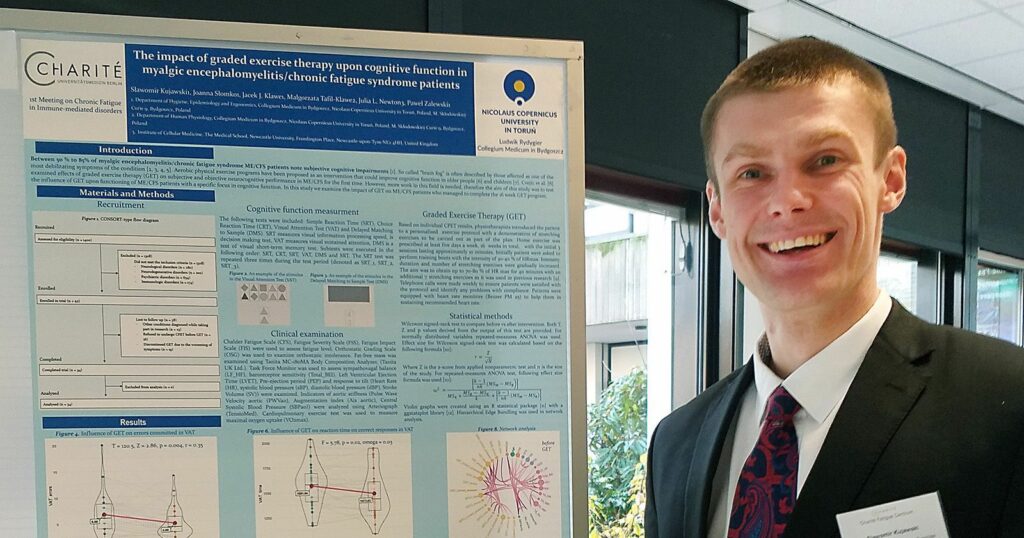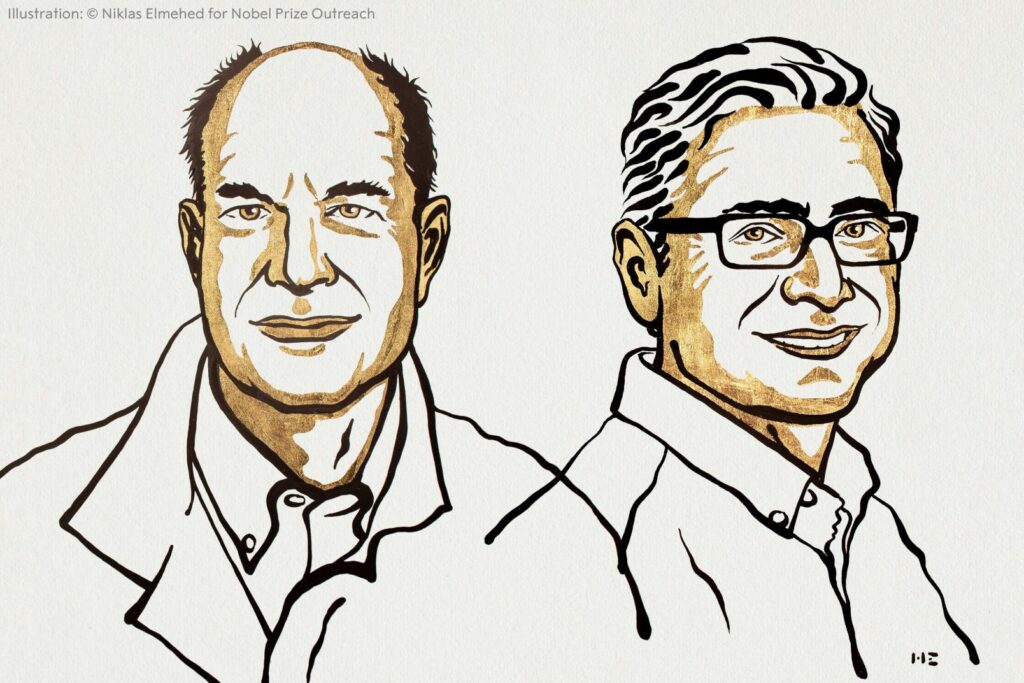
– The awarded discoveries in the area of human physiology help us understand the mysteries about the way our body’s function: why do we feel cold while brushing our teeth with menthol or why touching your eyes after chopping a spicy pepper is not a good idea? – explains Dr. Sławomir Kujawski from the Faculty of Health Sciences of Collegium Medicum, NCU.
David Julius, an American, and Lebanon-born Ardem Patapoutian are this year’s Noble Prize laureates in the area of medicine and physiology. The Swedish Royal Academy of Sciences have distinguished the researchers for the discovery of receptors of temperature and touch. The Committee wrote in their explanation that this breaking-through discovery of the two scientists has allowed us to understand how heat, cold and mechanical stimuli trigger off in our nervous system the impulses which allow us to see the world around us and adapt to it.
Ardem Patapoutian, a scientist of Scripps Research in La Jolla (California, USA) has identified a new class of receptors sensitive to mechanical stimuli which have been called Piezo, whereas David Julius, a researcher from University of California (San Francisco, USA) has discovered a receptor sensitive to temperature.

Ill. Niklas Elmehed © Nobel Prize Outreach
– In a way, we all live in simulation, just like the hero in the first part of “Matrix” – comments Dr. Sławomir Kujawski from the Chair of Physical Activity and Functional Anatomy of the Faculty of Health Sciences of NCU Collegium Medicum. The colors we see, the sounds we hear and fragrances we smell are a creation of our mind. It is due to our mind that electromagnetic wave lengths are perceived as colors, vibrations of air particles of certain frequencies as sounds, and selected chemical compounds such as smells. Yet, what we are able to perceive is a small portion of the world around as we are now talking about, for instance, the spectrum of visible light as a part of electromagnetic radiation.
Nevertheless, it must be admitted that the simulation of the surrounding we live in is not of the lowest quality; it enables us to explore the world, sometimes only leading to step on a Lego block which we have not noticed before.
Pain as an unpleasant sense is also a good example of limitations of precision of simulations created by our minds, as in some patients it may occur in a limb which has been amputated before as, so called, phantom pain. Qualia are the qualities of sense experiences, the feeling of which occurs due to our senses, whereas the mind can be treated as a produce of biological tissue which is the nervous system.
The brain as a privileged organ in our organisms is protected by the skull against potential injuries from the external world. How is it then possible for it receive signals from beyond the interior of our organisms? The retina, which contains receptors sensitive to light, is in fact the extension of the brain.
Yet, the fact that there exists multiplicity of signals we are able to receive is also owed to the receptors beyond the skull. They function as “eyes” for our cells which, due to their ability to receive signals are able to adjust their functioning to the changing external and internal conditions. Despite a great number of receptors which have already been identified and described, the results of the research during the last few decades have shown there is still a lot of work to be done.
David Julius used capsaicin (a chemical compound responsible for the sensory and gustatory impressions of chili pepper) to identify the receptors sensitive to this compound. These receptors, named as transient receptor potential cation channel subfamily V member 1 (TrpV1), are present in the endings of the nerves in our skin. What we also owe to them is the perception of characteristic sensory impressions connected with the consumption of mustard and wasabi. They react to heat (temperatures above 43°C) and take part in nociception. The expression of TrpV1 receptors also occurs in the central nervous system, where they may mediate in the mechanism of long-term depression, LTD. What else is indicated is the potential use of TrpV1 for therapeutic reasons in patients experiencing anxiety disorders.
Patapoutian and Julius have independently identified transient receptor potential cation channel subfamily M (melastatin) member 8 (TRPM8), which is sensitive to menthol, a substance which generates the feeling of cold and freshness while using some toothpastes. This receptor is also sensitive to the temperature of 20°C and lower. Currently, the research on TRPM8 for therapeutic applications is being carried out in patients who suffer from chronic pain in oncological diseases.
Due to his research, Patapoutian and his team from Scripps Research Institute, California, have identified a receptor sensitive to touch, Piezo1. It is expressed in the lungs, urinary bladder, and skin, where it plays a vital biological function. Piezo2 is important in the sense of one’s own sense of movement and the body position (proprioception) in mammals.
It is worth noticing that the discoveries of new mechanisms in the area of physiology may be of great use in the research on identification of disease units, in which this mechanism is disturbed. What is more, just like in case of the discovered receptors described above, pharmacological research may contribute to establishing a compound which will be a ligand for a specific purpose, which will be successfully used in treatment of patients in the future. Next decades may bring new hopes for patients who suffer from uncurable diseases.



